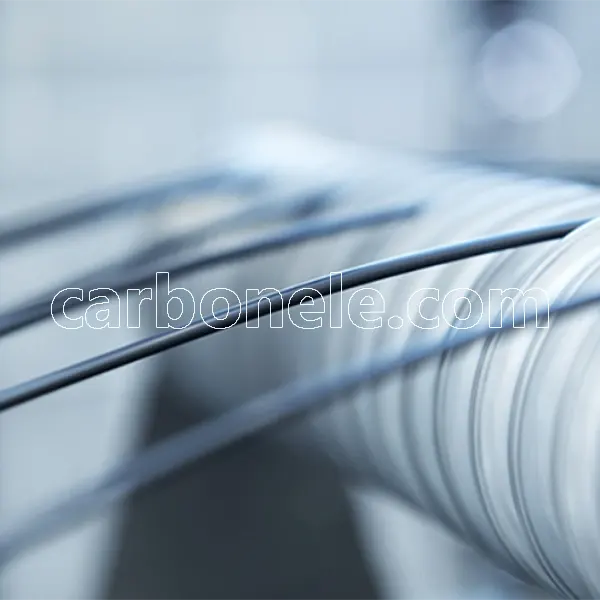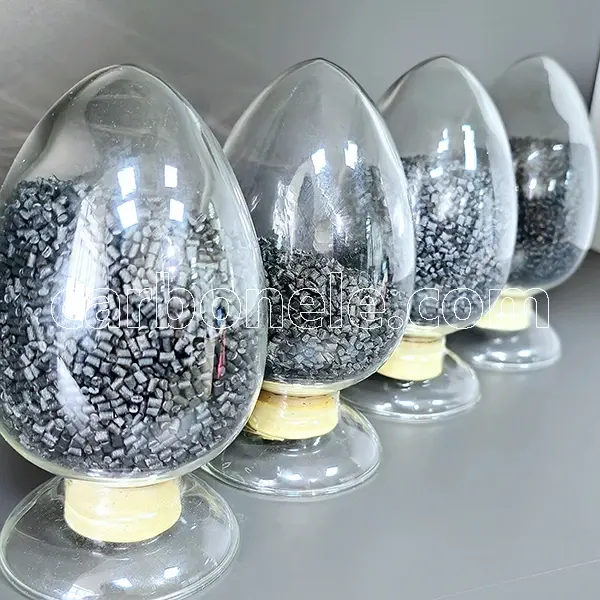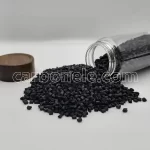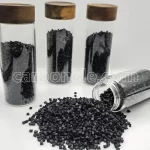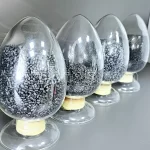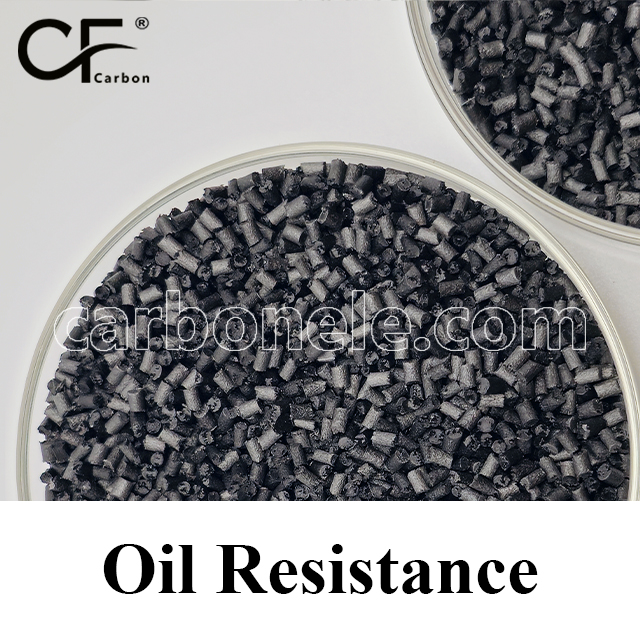
High Quality Anti-static Nylon MXD6 CF5 Composites
Nylon MXD6 CF5 composites are one of CFRTPs, blending MXD6 nylon with 5% carbon fiber, offering enhanced strength, wear resistance, and anti-static properties. Ideal for applications requiring durability, mechanical integrity, and static control in diverse industrial sectors.
- Manufacturer: Carbon New Material
- OEM/ODM: Acceptable
- Color: Black
- Free Samples: ≤25kgs
- MOQ: 100kgs
- Port: Xiamen
- Model No.: MXD6-CF-BCA05
What’s MXD6 CF5?
Anti-static Nylon MXD6 CF5 composites represent a significant advancement in materials technology, offering a balance of mechanical strength, wear resistance, and anti-static properties. These characteristics make them indispensable in industries where static control is paramount for operational safety, product reliability, and protection of sensitive electronic equipment. As technology evolves and industries demand more sophisticated materials, MXD6 CF5 composites continue to pave the way for innovative solutions in diverse industrial applications.
The unique combination of MXD6 nylon with carbon fiber reinforcement in anti-static formulations ensures that these composites meet the stringent requirements of modern manufacturing and engineering, contributing to safer, more reliable, and efficient operations across various sectors.
Nylon MXD6 CF5 Composites: Properties and Applications
Anti-static materials play a crucial role in industries where the accumulation of static electricity can lead to operational issues, safety hazards, or damage to sensitive equipment. One notable solution in this realm is Anti-static Nylon MXD6 CF5 composites, which combine the robust properties of MXD6 nylon with carbon fiber reinforcement to offer enhanced conductivity and mechanical performance. This composite material finds diverse applications across automotive, electronics, aerospace, and industrial sectors where static control is essential.
Properties of Anti-static Nylon MXD6 CF5 Composites
1. Conductivity: The incorporation of carbon fibers in MXD6 nylon imparts anti-static properties, allowing the material to dissipate static electricity effectively. This is critical in environments where electrostatic discharge (ESD) could damage electronic components or ignite flammable substances.
2. Mechanical Strength: MXD6 CF5 retains the inherent mechanical strength of MXD6 nylon, enhanced by the stiffness and reinforcement provided by carbon fibers. This results in a material that can withstand mechanical stresses and load-bearing applications.
3. Wear Resistance: The combination of nylon MXD6 and carbon fiber enhances the composite’s resistance to wear and abrasion, making it suitable for components subjected to friction and mechanical wear.
4. Dimensional Stability: MXD6 CF5 exhibits good dimensional stability, maintaining its shape and size under varying temperature and humidity conditions. This property ensures consistent performance over time, crucial for precision engineering applications.
5. Chemical Resistance: Like traditional MXD6 nylon, the CF5 variant offers resistance to oils, fuels, and many chemicals, expanding its suitability for use in diverse industrial environments.
6. Anti-static Performance: The anti-static nature of MXD6 CF5 composites ensures that it prevents the buildup of static charges, reducing the risk of ESD-related failures in sensitive electronic equipment and explosive atmospheres.
Applications
– Electronic Enclosures: Used in the manufacturing of enclosures and housings for electronic devices to prevent static buildup and protect sensitive components from ESD damage.
– Automotive Components: Utilized in automotive applications such as fuel system components, connectors, and interior parts where static control is necessary for safety and reliability.
– Industrial Machinery: Employed for parts in industrial machinery and equipment, particularly in environments where static electricity can interfere with operation or pose hazards to personnel.
– Aerospace: Used in aerospace applications for components requiring both mechanical strength and static dissipation, ensuring safety and reliability in aircraft systems.
– Consumer Electronics: Applied in consumer electronics manufacturing for casings, connectors, and structural components where ESD protection is critical to ensure product longevity and performance.
– Packaging: Suitable for packaging materials where static control is essential to protect electronic components, pharmaceuticals, or other sensitive goods from ESD damage during storage and transport.
Manufacturing and Processing
Anti-static Nylon MXD6 CF5 composites can be processed using conventional methods such as injection molding and extrusion. This versatility allows for the production of complex shapes and designs, facilitating their integration into various applications across different industries. The ease of processing also contributes to cost-effectiveness and scalability in manufacturing processes.
If you had any interest in our products or would like to learn more about CFRTPs, please click here, please.
What is Nylon MXD6?
MXD6 has high rigidity, high apparent quality, low water absorption, anti-warping, good gas barrier properties, thermal stability, and a wide range of applications. MXD6 can be used to make packaging films with high barrier properties, such as food packaging with high gas barrier properties, such as retort bags, cheese, ham and fried foods. In addition, it can also be co-extruded or co-injected with PET, PP or PE and HEDP to make multi-layer containers or films, and is widely used in the packaging industry.
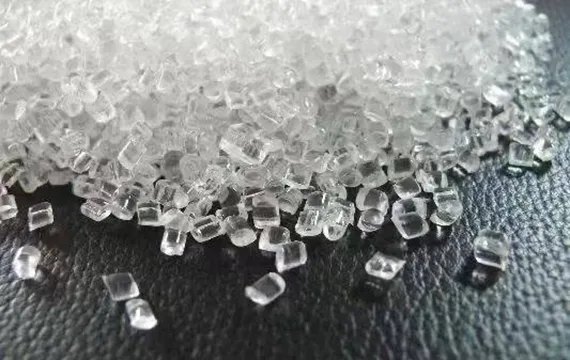
Frequently Asked Questions
Carbon (Xiamen) New Material Co., Ltd. aims to provide buyers with "one-stop" worry-free high-quality services. Here you can find all information about carbon fiber engineering plastics. If you still have questions, please send us an email for consultation!
-
How can I contact the manufacturer of a product that interests me?
When you find a product you are interested in, you can contact the manufacturer directly by sending an email and we will get back to you as soon as possible.
-
How do I find the products that interest me?
All you need to do is enter the keyword, product name in the search window and press the Enter key on your keyboard. Your search results page will then be displayed. You can also search within the product category pages on the home page. Each category is divided into subcategories, allowing you to refine your search and find products that interest you.
-
Where will I find a buying guide?
Please contact our after-sales service directly and we will provide you with a comprehensive operating guide.
-
What are CF Reinforced Thermoplastic Composites?
CF Reinforced Thermoplastic Composites are materials where carbon fibers are incorporated into a thermoplastic matrix. They combine the strength and stiffness of carbon fibers with the processability and recyclability of thermoplastics. For instance, they are used in automotive parts like bumper beams.
-
What are the benefits of CF Reinforced Thermoplastic Composites over traditional composites?
The key benefits include faster production cycles, easier recyclability, and better impact resistance. They also offer design flexibility. An example is in the manufacturing of consumer electronics casings where complex shapes can be achieved more easily.
-
How are CF Reinforced Thermoplastic Composites processed?
Common processing methods include injection molding, extrusion, and compression molding. Injection molding is widely used for mass production. For example, in the production of small components for the medical industry.
-
What industries use CF Reinforced Thermoplastic Composites?
They are utilized in aerospace, automotive, medical, and sports equipment industries. In aerospace, they can be found in interior components. In the medical field, they might be used in prosthetics.
-
How does the carbon fiber content affect the properties of the composites?
Higher carbon fiber content generally leads to increased strength and stiffness but may reduce ductility. A moderate content is often balanced for specific applications. For example, a higher content might be preferred in structural parts of a race car.
-
What are the challenges in using CF Reinforced Thermoplastic Composites?
Challenges include higher material costs, complex processing equipment requirements, and ensuring uniform fiber dispersion. Issues with adhesion between the fibers and the matrix can also arise. An example is in achieving consistent quality in large-scale production.










